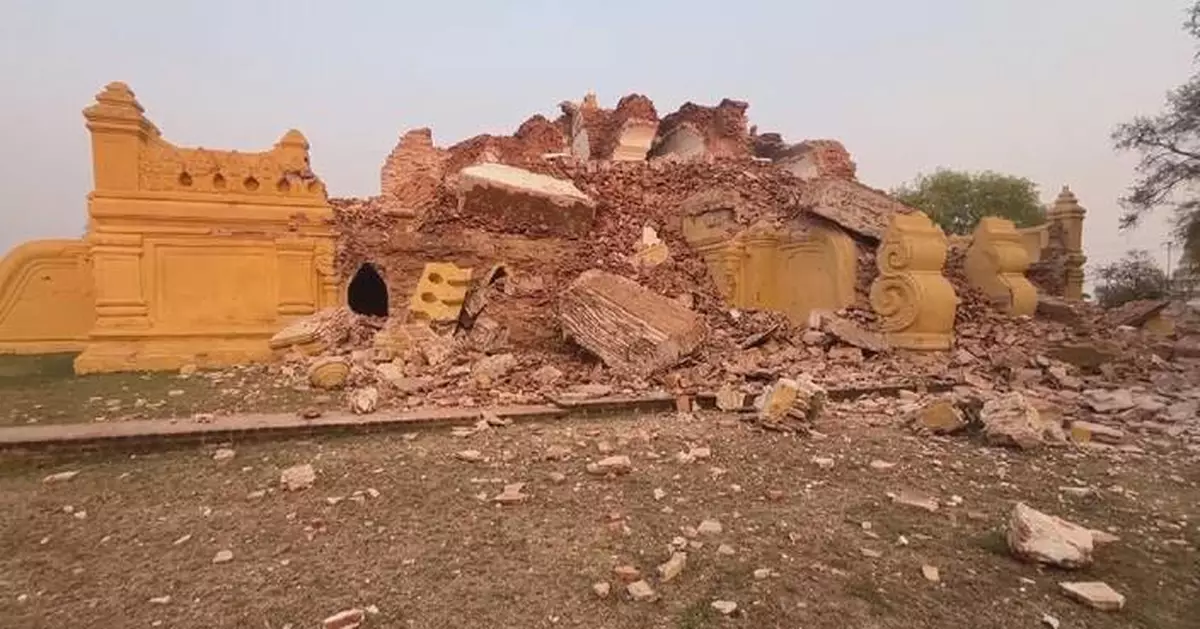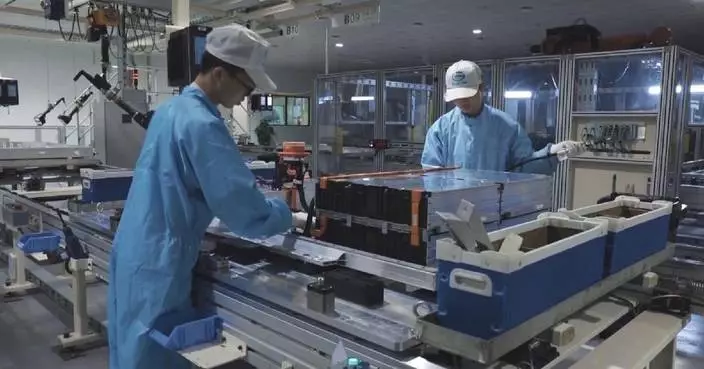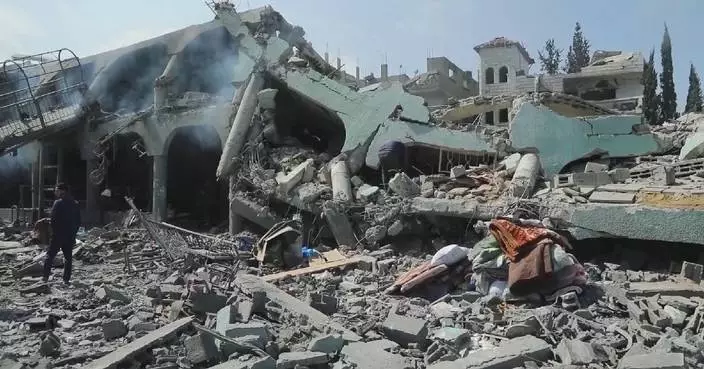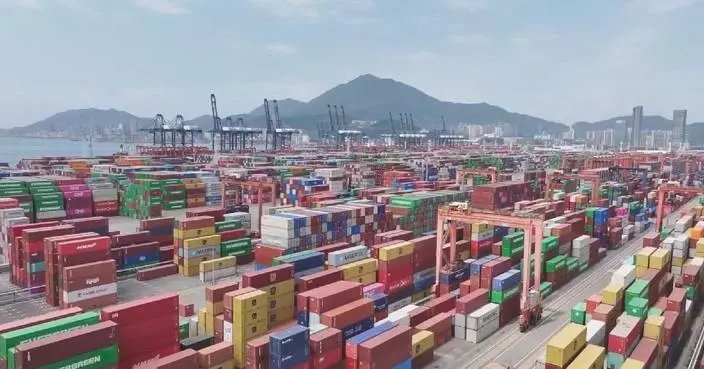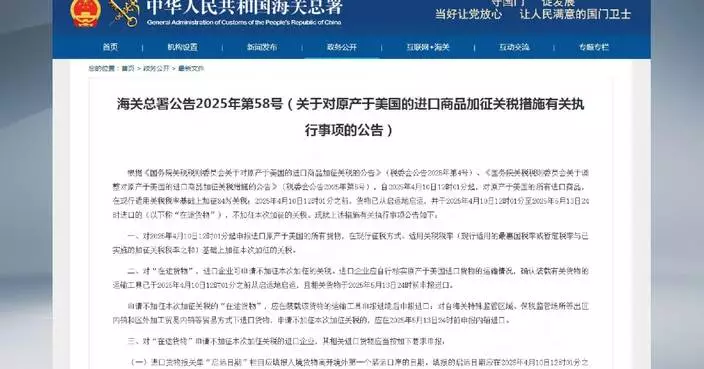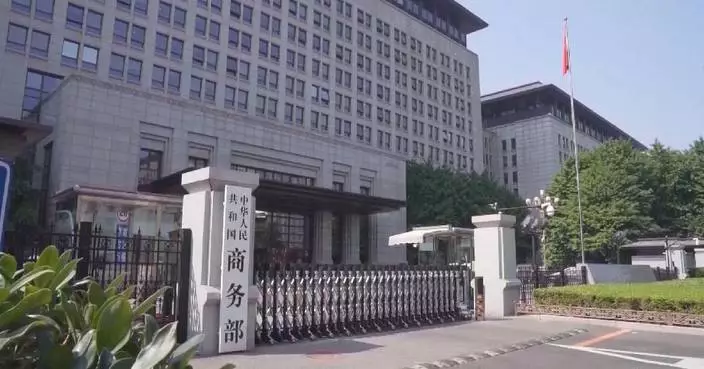The 7.9-magnitude earthquake that rocked Myanmar on March 28 has left what was once the royal capital of the Burmese kingdom in ruins, with most of the centuries-old buildings there reduced to rubble.
Also known as Ava, which means "city of gems", Inwa in the Mandalay region was an ancient capital of Myanmar from the 14th to the 19th century and is home to 961 ancient buildings and pagodas.
Click to Gallery
Myanmar earthquake leaves ancient capital in ruins
Myanmar earthquake leaves ancient capital in ruins
Myanmar earthquake leaves ancient capital in ruins
Century-old historical buildings damaged in Myanmar earthquake
Century-old historical buildings damaged in Myanmar earthquake
The town, also a popular tourist attraction, has been preparing for its nomination to the UNESCO World Heritage List, local media reports said.
However, the violent earthquake changed everything. As the ground roared at around 12:50 last Friday local time, Inwa's ancient landmarks, including monasteries, stupas, centuries-old structures, crumbled.
"We are really saddened that this building has collapsed. I can't control my emotions. And it's not just this building—others have collapsed too. We no longer have any ancient buildings left to show tourists," said Ma Hlaing, a local resident.
As of April 2, the quake damaged a total of 21,783 houses, 805 office buildings, 115 staff housing units, 1,041 school buildings, 921 monastery and nunneries, 1,690 pagodas, 312 other religious structures, and 48 hospitals and clinics throughout the country, official media reported.
The death toll from a 7.9-magnitude earthquake in Myanmar has risen to 3,354, with 4,508 people injured and 220 missing, according to the official media Myanmar Radio and Television on Friday.
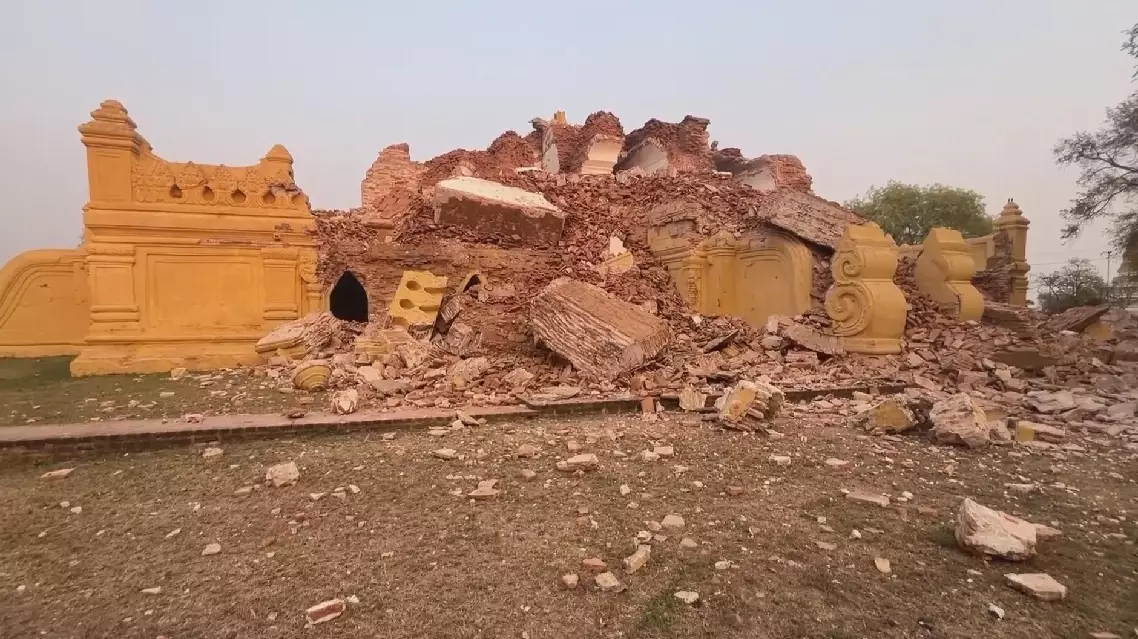
Myanmar earthquake leaves ancient capital in ruins
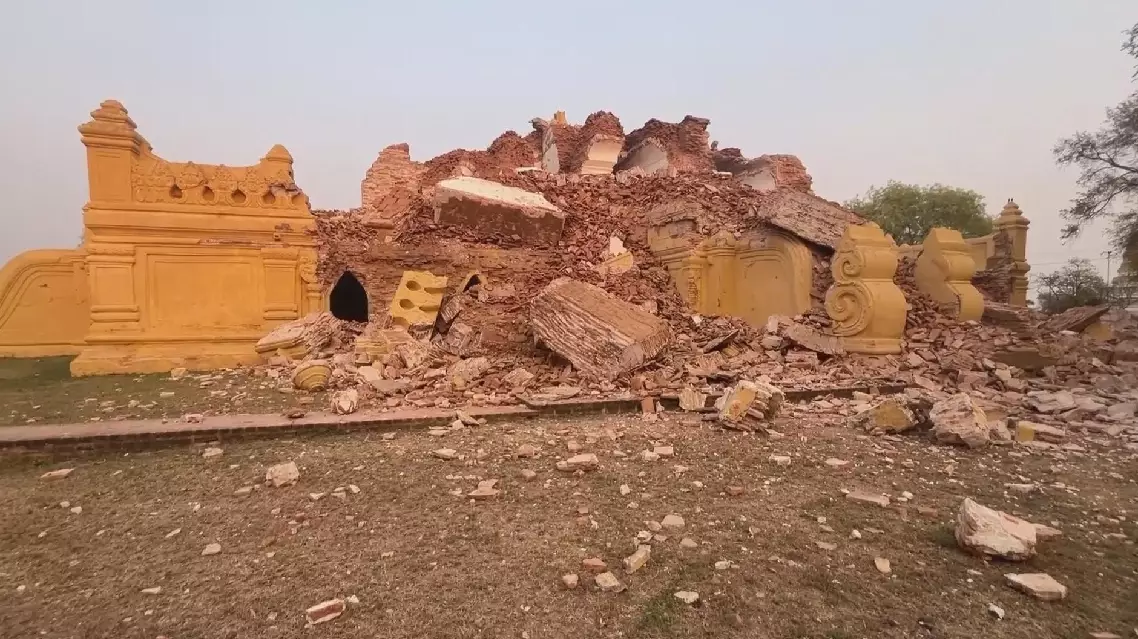
Myanmar earthquake leaves ancient capital in ruins
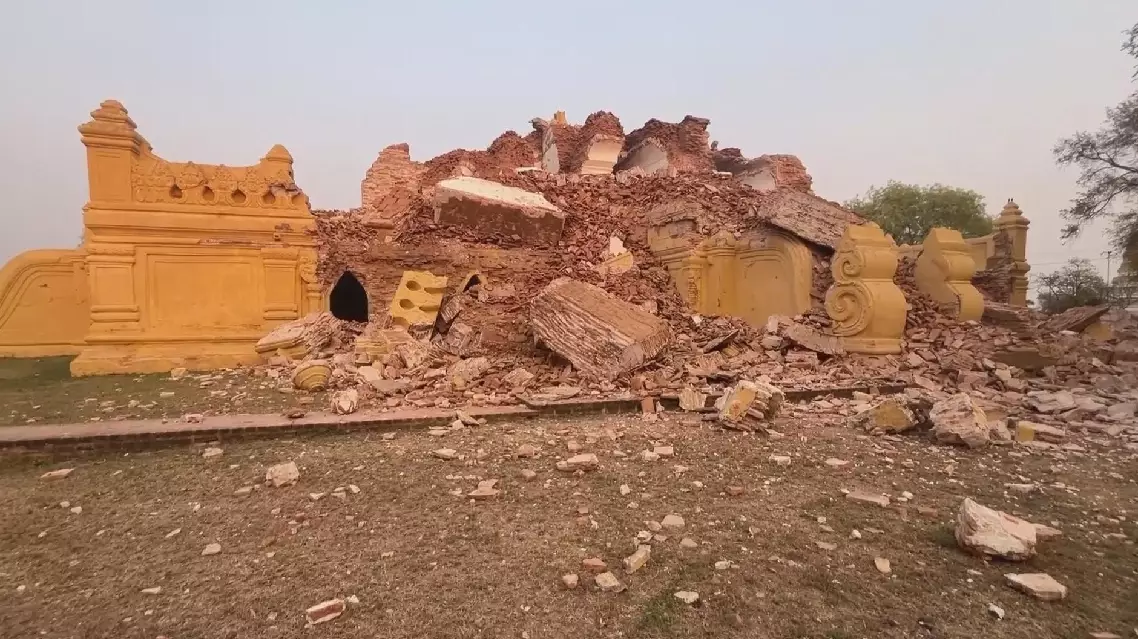
Myanmar earthquake leaves ancient capital in ruins
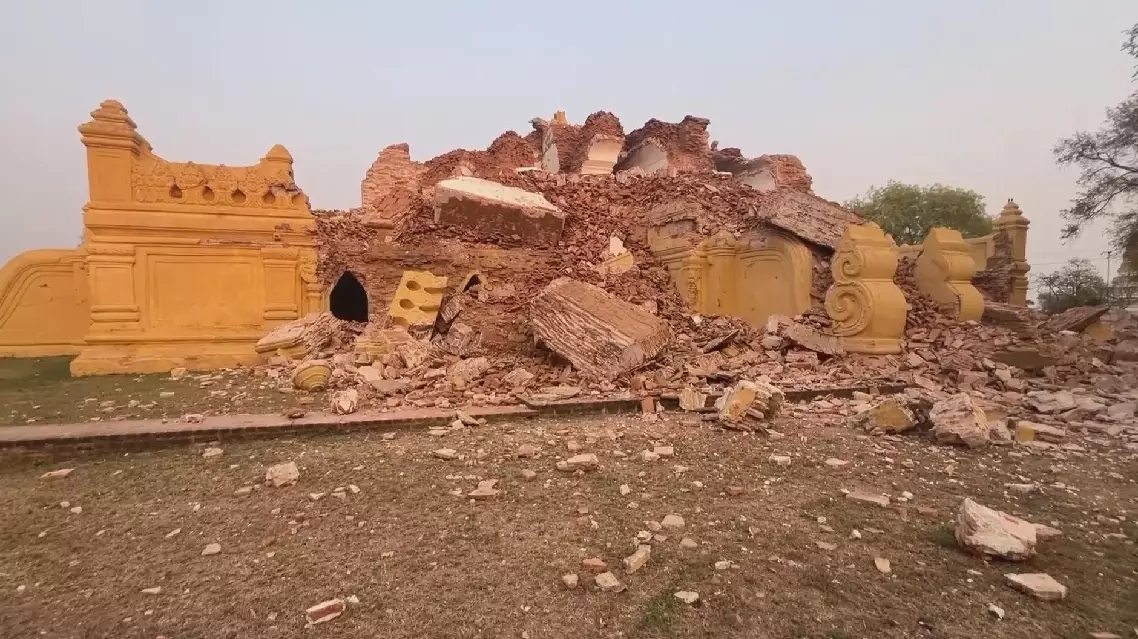
Century-old historical buildings damaged in Myanmar earthquake
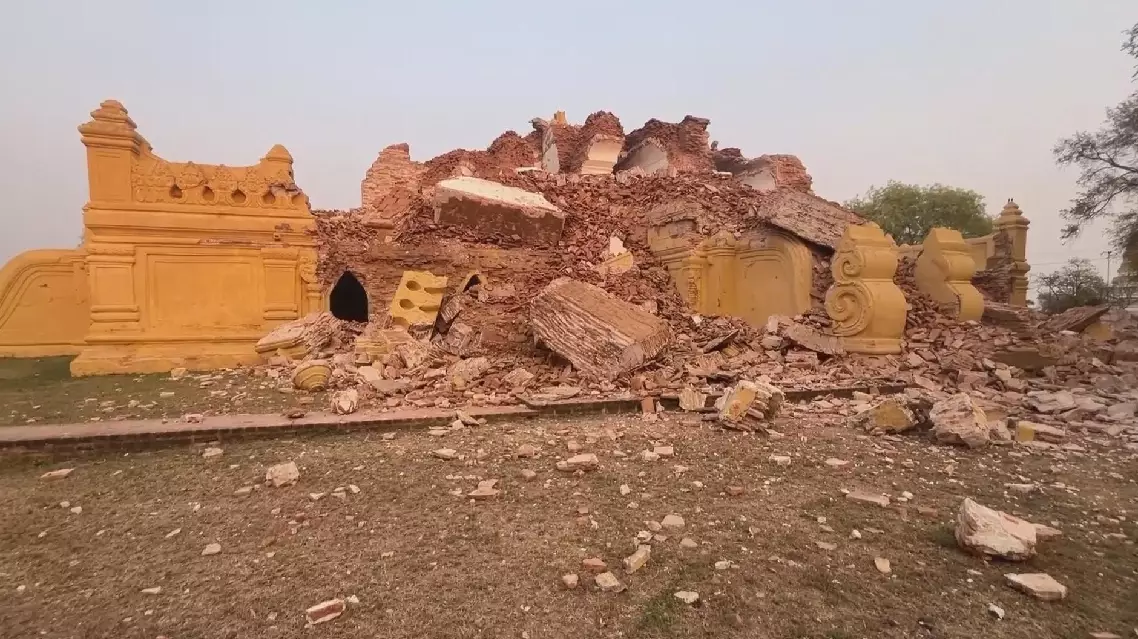
Century-old historical buildings damaged in Myanmar earthquake
European industrial leaders and exhibitors at the ongoing Bauma 2025 in Munich voiced mounting concerns over the latest U.S. tariff policies, warning that they could disrupt global supply chains and undermine strategic cooperation.
During the week-long world’s leading trade fair for construction machinery, many industrial insiders pointed out that the newly expanded tariffs encompass an extensive range of products and come with a sharp hike in rates, which are likely to disrupt market dynamics and supply chain resilience in the global engineering machinery industry.
Many analysts believe that the geopolitical considerations behind these policies have become increasingly prominent, further intensifying the strategic uncertainties that European enterprises face in the global market.
"I believe that these tariffs are not good for the market, because at the end it will be bad not only for Europe but also for the State in the long period. I believe that the market should be regulated by innovation, by a nice competition and with competition that is based on the technological race, not with an artificial thing that is coming in the market and is creating problem for all the Europe," said Claudio Ancetti, an Italian expert on construction machinery industry.
The United States market accounts for roughly 10 to 13 percent of Germany’s total exports in recent years, and is one of the largest single export markets for Germany's construction machinery industry. Therefore, the impact of changes in tariff policies on the entire industry is obvious.
Germany's mechanical engineering industry association VDMA has issued a warning, stating that the extensive punitive tariffs imposed by the Trump administration will cause serious damage on both sides of the Atlantic. Not only will they fail to solve the bilateral trade issues, but they will also trigger a spiral confrontation of mutual barriers.
Furthermore, the U.S. manufacturing industry, in several key technological fields, still highly relies on the supply of mechanical equipment from Europe, especially Germany. For decades, German and European machinery manufacturers have been important partners of the U.S. industrial system, but now, this cooperative chain is facing the risk of being artificially severed.
The damage will not only hit European exporters hard but also seriously impede the process of industrial transformation and upgrading in the United States itself.
"The U.S. tariff policies will certainly cause many destructive impacts. It's not a good thing for people. But we are not directly affected. The victims are the U.S. customers. They have to pay these tariffs and additional fees," said Andreas Diener, a German construction machinery supplier.
Industry insiders also noted that tariffs have shifted from being just a basic trade instrument to becoming an important variable in shaping corporate strategy within today’s highly interconnected global industrial chain.
In addition to calling on major economies to return to rationality and enhance multilateral coordination, the companies are attempting to find stable development anchor points amid the uncertainties of the geo-economic situation by accelerating the adjustment of supply chain layout and deepening cross-regional cooperation.

US tariffs threaten transatlantic supply chains: European industry insiders

US tariffs threaten transatlantic supply chains: European industry insiders







